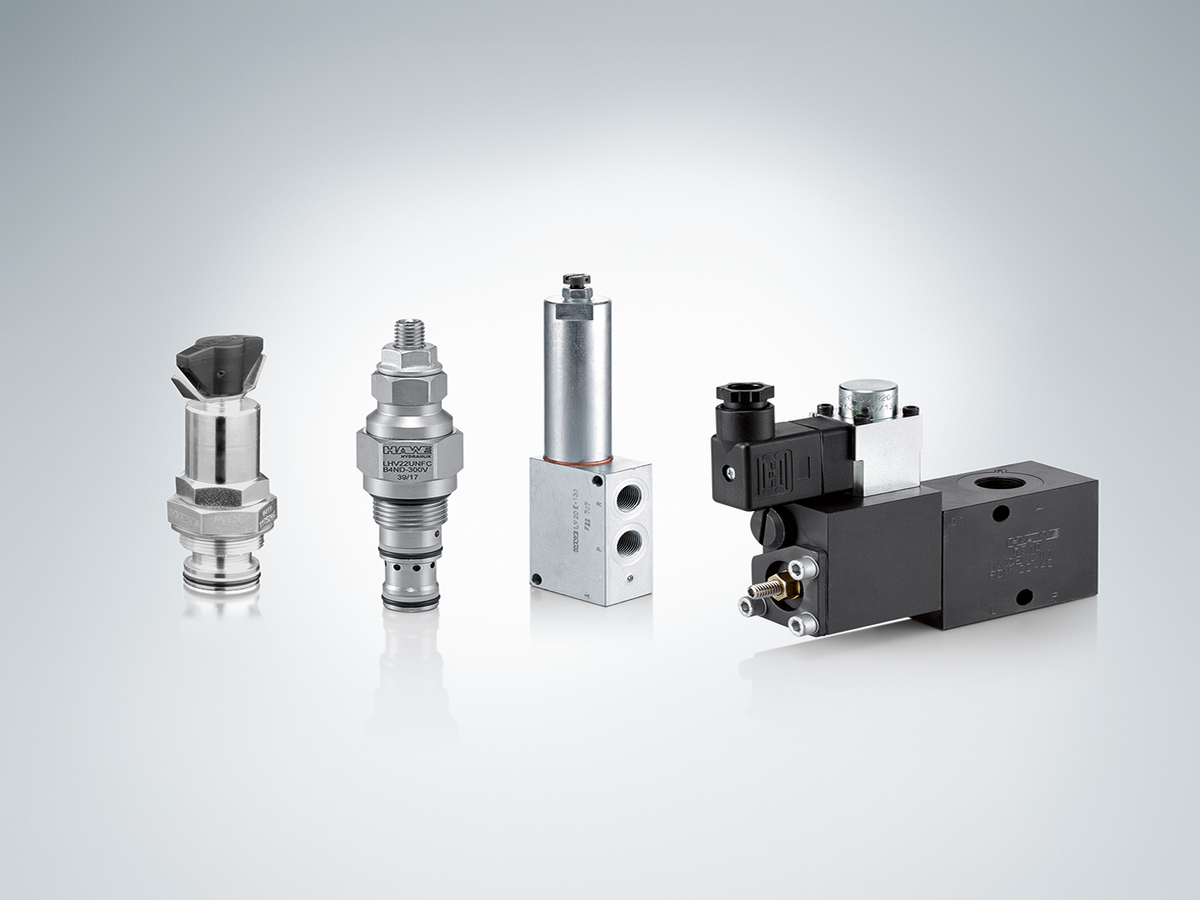A pneumatic valve, also called a directional control valve, has a significant capacity to switch wind streams. These valves are good for keeping up with the pressure. The range of pneumatic valves is huge, and there are numerous classifications of pneumatic valves.
Pneumatic valves are known for their style, type, design guideline, activity, capacity, size and application. The pneumatic valve is also a water valve, controlling water flow within the mechanism. The valves utilised in pneumatics generally have control work in any interaction.
What is pneumatics?
Pneumatics can be depicted as the utilisation of compressed air to some mechanical movement. Additionally, they are utilised in charge valves. Pneumatics has numerous applications in various ventures. It additionally has different applications like dentistry, development and mining. And the fuel for pneumatic force is air.Types of pneumatic valves:
Pneumatic valves, also called directional control valves, might be arranged utilising a few distinct methodologies which include:- by the quantity of passage and leave ports they have
- by the number of stream ways of exchanging places that are accessible
- by the instrument that is utilised to open or close the ports
- by the position that the valve is when in the un-impelled state
Practical directional control valves are those that control the bearing of wind current or hinder stream altogether. These are a huge class of pneumatic valves that house various variations. These gadgets can be utilised in different manners in a water-powered framework i.e. irrigation controller. Also, to associate or detach the fundamental compacted air supply from the framework or to withdraw air chambers that move in the machine, the pneumatic framework has been made.
Considering this, we can extensively depict the essential types of pneumatic valves as:
- Directional control valves
- Non Return valves
- Flow control valves
- Pressure control valves
Directional control valves
The important function of this type is to control the direction of air and it can further be classified as given:- Two-way directional control pneumatic valves
A two-way directional valve passes air in two ways - through two ports which can be open or shut. If the valve ports are shut, no air can course through the valve. If the ports are open, air might move from the initial port through the valve. Solenoid valve type also comes in this type. - Three-way directional control pneumatic valves
A directional three-way air valve has three ports, every one of which fills an alternate need. The main port associates the valve to an actuator or another gadget, while the subsequent port is associated with a wind current. And the third port is utilised as an exhaust exit. When the first and second ports are open while the third is shut, air travels through the valve to the gadget.
But, if the first and third ports are open while the subsequent port is shut, the actuator can vent exhaust. Three-way valves are frequently associated with actuators in chambers or utilised two by two and associated with twofold acting chambers. - Four-Way directional control pneumatic valves
A four-way directional valve has four ports, two of which associate with actuators, one that interfaces with a compressed wind current, and one that fills in as an exhaust pathway. They are among the most well-known sorts of valves found in pneumatic frameworks because the four ways permit the valve to switch the movement of an engine or fundamental chamber. Non-return valves
These valves are used to control the progression of air, and they permit the wind stream just one way, and the wind current is impeded constantly another way. These valves are planned to stack by the downstream pneumatic force, and it would uphold the non-return activity back. There are sure non-return valves that can do pneumatic controls. They are a check valve, transport valve, speedy exhaust valve, and two pressing factor valves.Stream control valves
This valve is proficient to manage the progression of air, and the control activity is restricted to the wind current going through the valve when it is open, keeping a set volume for every unit of time.Pressure control valve
In pneumatically worked control valves, pressure control should be possible; these sorts of control valves can handle the gaseous tension in the valve. So, essentially these valves can manage the wind stream pressure in valves. Pressure control valves are arranged into three sorts. They are pressure restricting valve, pressure succession valve and pressing factor lessening valve.
The above-given information is to present the working of pneumatic valves and how it is useful in a different mechanism. The pneumatic valves are normally used to control and give direction to the air or water flow. Hopefully, this information must have given you a clear picture of the working of pneumatic valves.








